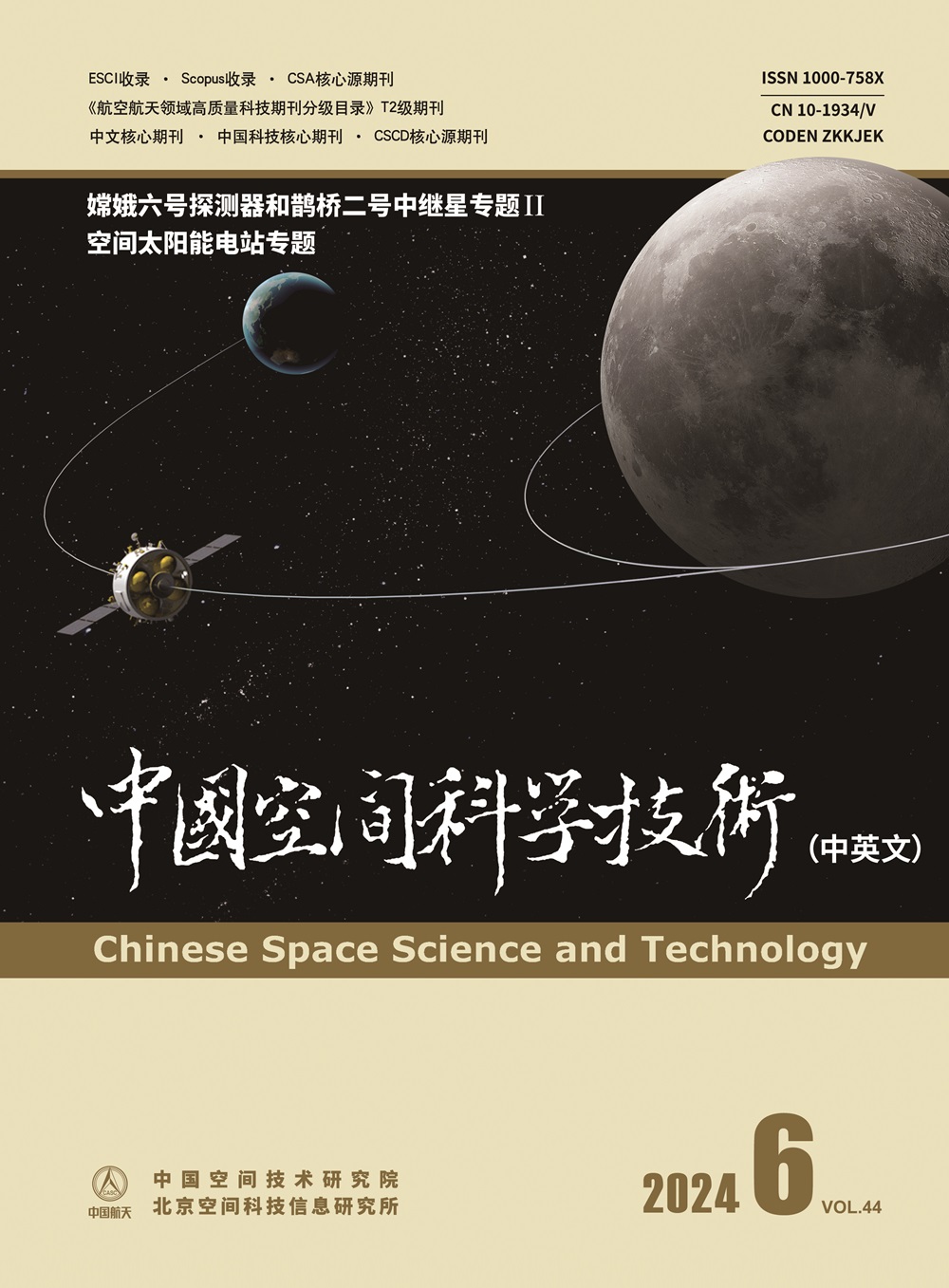黑暗星际物质H(0)中的核过程降低了迁移到系外行星的希望
IF 0.5
4区 工程技术
Q4 ENGINEERING, AEROSPACE
引用次数: 0
摘要
人们仍然普遍认为,在纯技术发展之后,星际旅行将是可能的,因此,人类可以在需要时迁移到一些合适的系外行星。然而,最近的研究表明情况并非如此,因为星际空间充满了足够的超密集氢H(0)作为稳定的凝聚暗物质(Holmlid, Astrophysical Journal 2018),使得星际空间以所需的和技术上可行的相对论速度旅行(Holmlid et al, Acta Astronautica 2020)几乎是不可能的。H(0)可以通过在空间中观测到的所谓扩展红色发射(ERE)特征观测到在空间中存在。最近的一篇综述(Holmlid et al., Physica Scripta 2019)描述了H(0)的性质。H(0)给出了核过程,释放出介子和其他粒子,在感应后动能甚至超过100兆电子伏(MeV),例如被快速粒子(宇宙飞船)撞击。这些高能粒子在与固体表面的碰撞中产生12000 K的辐射温度,并将迅速摧毁任何以相对论速度进入H(0)云的宇宙飞船结构。有人指出了保护我们的生态系统的重要性,因为到合适的系外行星旅行可能是不可能的。讨论了从H(0)中清除星际空间的可能性,最终提供适合相对论星际传输的隧道。寻找电磁辐射强度较低的区域甚至可能是一种确定空间清洁活动的方法,从而确定早期太空旅行文明的位置。本文章由计算机程序翻译,如有差异,请以英文原文为准。
Nuclear Processes in Dark Interstellar Matter of H(0) Decrease the Hope of Migrating to Exoplanets
It is still generally assumed that interstellar travel will be possible after purely technical development and thus that mankind can move to some suitable exoplanet when needed. However, recent research indicates this not to be the case, since interstellar space is filled with enough ultradense hydrogen H(0) as stable condensed dark matter (Holmlid, Astrophysical Journal 2018) to make interstellar space travel at the required and technically feasible relativistic velocities (Holmlid et al, Acta Astronautica 2020) almost impossible. H(0) can be observed to exist in space from the so-called extended red emission (ERE) features observed in space. A recent review (Holmlid et al., Physica Scripta 2019) describes the properties of H(0). H(0) gives nuclear processes emitting kaons and other particles, with kinetic energies even above 100 MeV after induction for example by fast particle (spaceship) impact. These high particle energies give radiative temperatures of 12000 K in collisions against a solid surface and will rapidly destroy any spaceship structure moving into the H(0) clouds at relativistic velocity. The importance of preserving our ecosystem is pointed out, since travel to suitable exoplanets may be impossible. The possibilities of instead clearing interstellar space from H(0) are discussed, eventually providing tunnels suitable for relativistic interstellar transport. Finding regions with low intensity of ERE could even be a way to identify space-cleaning activities and thus to locate earlier space-travelling civilizations.
求助全文
通过发布文献求助,成功后即可免费获取论文全文。
去求助
来源期刊

中国空间科学技术
ENGINEERING, AEROSPACE-
CiteScore
1.80
自引率
66.70%
发文量
3141
期刊介绍:
"China Space Science and Technology" is sponsored by the China Academy of Space Technology. It is an academic and technical journal that comprehensively and systematically reflects China's spacecraft engineering technology. The purpose of this journal is to "exchange scientific research results, explore cutting-edge technologies, activate academic research, promote talent growth, and serve the space industry", and strive to make "China Space Science and Technology" a first-class academic and technical journal in China.
This journal follows the principle of "let a hundred flowers bloom and a hundred schools of thought contend", promotes academic democracy, and actively carries out academic discussions, making this journal an important platform for Chinese space science and technology personnel to publish research results, conduct academic exchanges, and explore cutting-edge technologies; it has become an important window for promoting and displaying China's academic achievements in space technology.
 求助内容:
求助内容: 应助结果提醒方式:
应助结果提醒方式:


